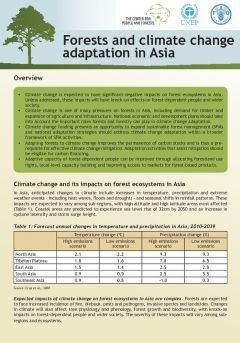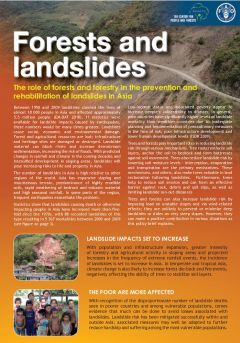Voices of the Forest: Building Partnerships for Community Forestry in Cambodia
This chapter, on community forestry development in Cambodia and RECOFTC's role, is part of a larger publication Forests for People, put together by the UN Forum on Forests for the International Year of Forests, 2011. On February 9, DESA’s UN Forum on Forests Secretariat launched the Forests for People book as part of the special event marking the closing of the International Year of Forests 2011.





